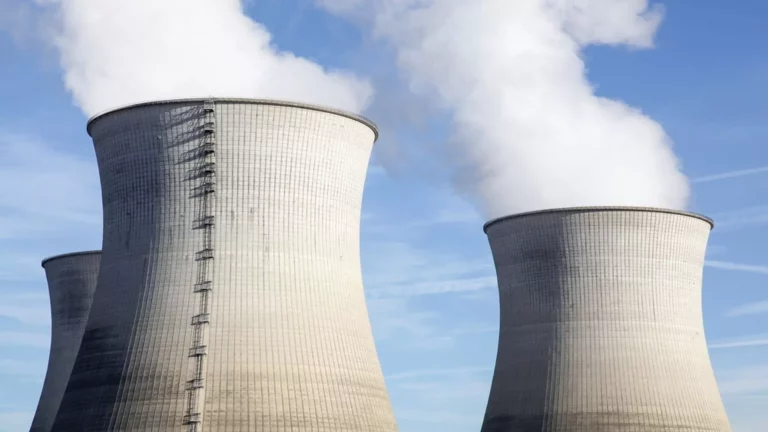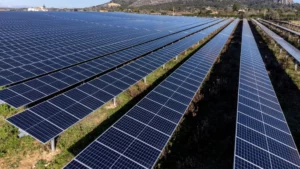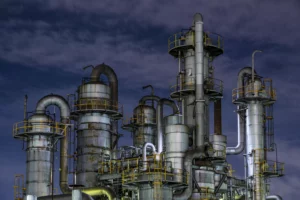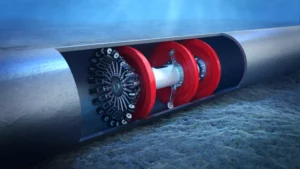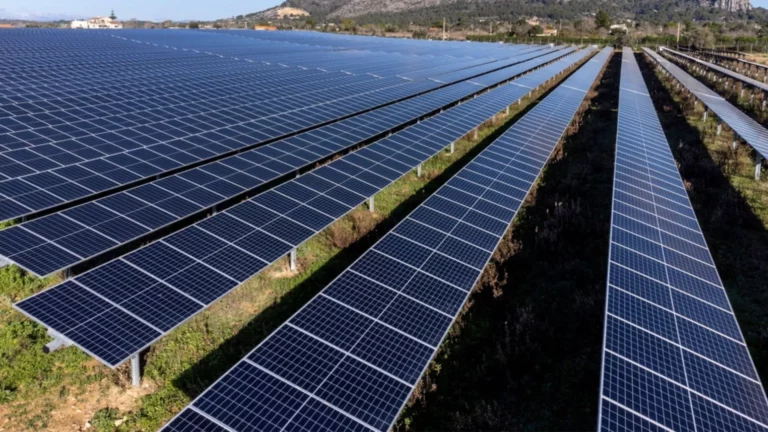Tokyo Electric Power Co. (Tepco) has started fuel loading at Japan’s Kashiwazaki Kariwa nuclear power plant (the largest on the planet) for the first time since the catastrophic Fukushima incident. This act symbolizes an effort to reintegrate nuclear energy into the country’s energy matrix following the adverse events of 2011 that resulted in the cessation of nuclear operations throughout the country.
Despite these advances, the operational future of Kashiwasaki Kariwa still hangs in the balance.
The activation of Japan’s nuclear power plant
Last Monday, Japan’s Nuclear Regulation Authority gave the green light for the insertion of fuel rods in reactor number 7 of this facility located in Niigata. However, in order for Tepco to proceed with the restart of the plant, it still needs to pass a series of inspections and obtain approval from the prefectural governor, which is not assured.


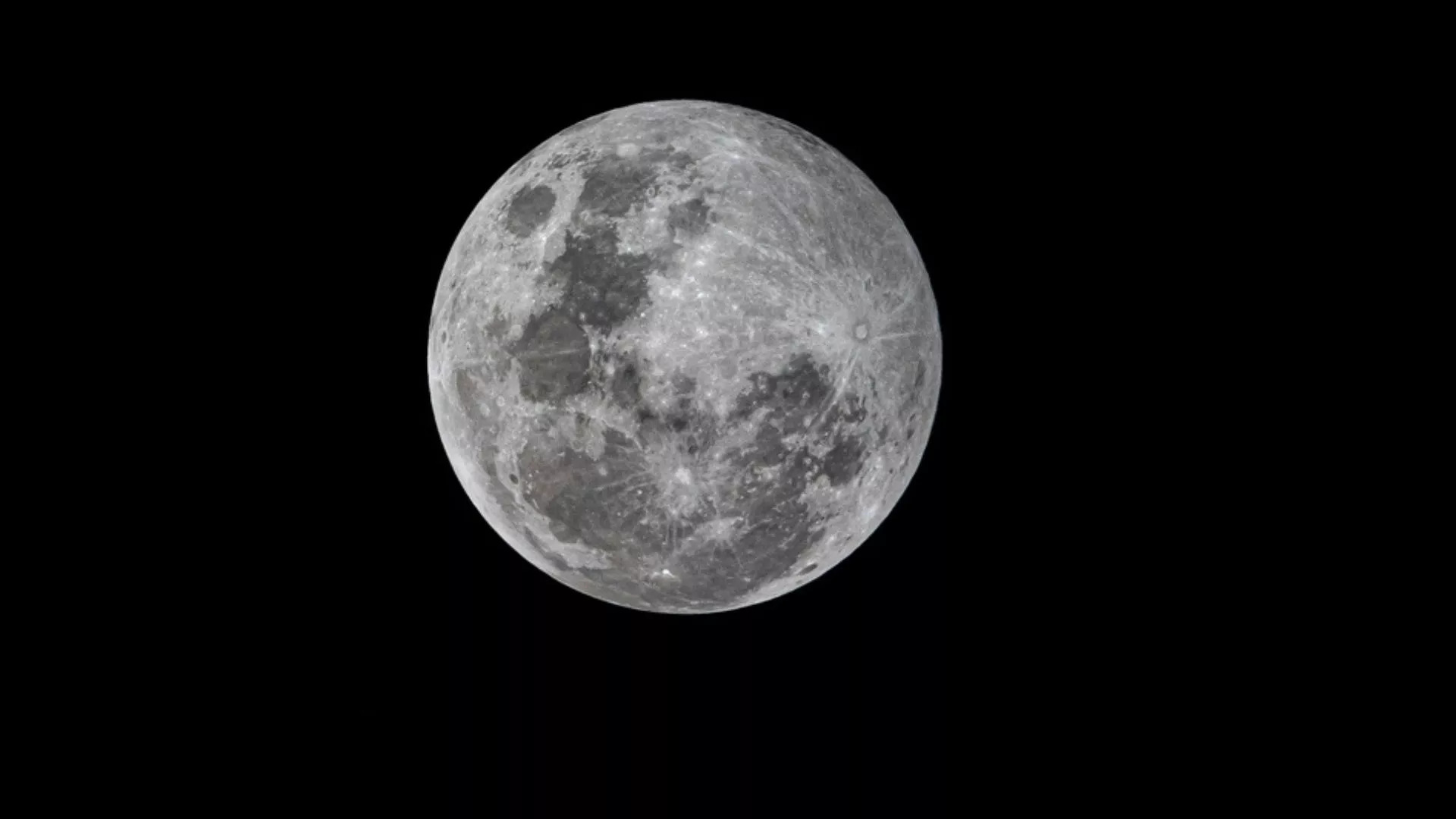


The Kashiwazaki Kariwa plant , with a capacity of 8.2 GW, was shut down in 2012 and faced additional operating restrictions in 2021 after violations of safety protocols were discovered, including inadequate shielding of nuclear materials nuclear materials . In December last year, the Nuclear Regulation Authority lifted these restrictions, recognizing significant improvements in the plant’s safety practices.
This renaissance of the nuclear power in Japan is part of the government’s desire to reactivate currently inactive reactors in order to ensure a stable and reliable energy supply. reduce greenhouse gas emissionsin response to the 2022 energy crisis that drove up oil and gas costs. liquefied natural gas (LNG) at record levels.
Japan, which imports approximately 90% of the energy it consumes, reversed its policy of moving away from nuclear power at the end of 2022 in the face of dramatically rising energy import costs. In December of that year, the Japanese government officially adopted a new pro-nuclear policy, marking a significant departure from the position adopted after the Fukushima disaster. Fukushima disaster disaster in 2011.
In addition, a panel of experts from Japan’s Ministry of Industry has decided to allow the development of new nuclear reactors and the extension of the lifetime of existing reactors beyond the current 60-year limit, a sign of a renewed commitment to nuclear power.
Geopolitical implications of Japan’s nuclear resurgence.
The resurgence of nuclear power in Japan addresses domestic concerns about energy security and environmental sustainability and also has important geopolitical implications. By reducing its dependence on energy imports, Japan could strengthen its autonomy and stability in an increasingly uncertain international context.
In addition, by advancing nuclear technologies, Japan can position itself as a leader in the export of nuclear technology and services, fostering international cooperation and economic development.
Follow us on social networks and don’t miss any of our publications!
Inspenet.com YouTube LinkedIn Facebook Instagram X
Source: worldenergytrade.com
Photo: Shutterstock



